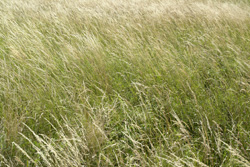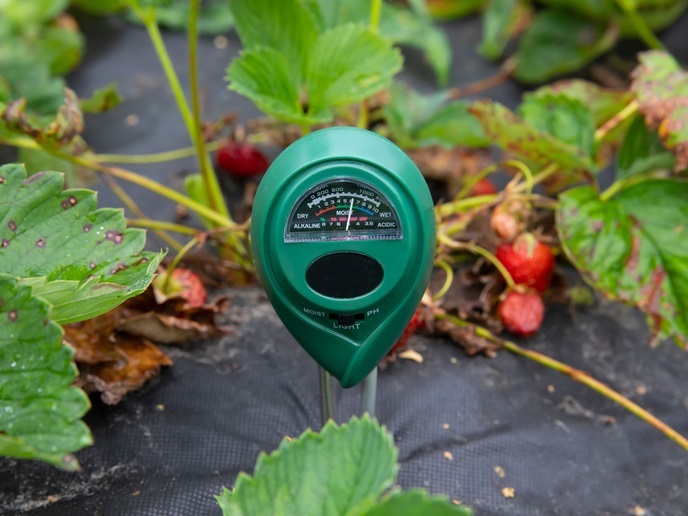Vegetation can provide sustenance for dry land
The 'Conditions for restoration and mitigation of desertified areas using vegetation' (Recondes) project set out to discover how novel techniques could be used to mitigate processes of desertification. The initiative specifically considered the use of vegetation in vulnerable areas and, based on its findings, produced a series of guidelines on suitable conditions for achieving this. The study took into account variability in human-driven and geomorphological processes relevant to desertification and degradation. Project partners focused on north Mediterranean areas (i.e. regions of southern Europe) that are susceptible to or already have suffered desertification. Project work was divided into several areas: reforested land, rain-fed cropland, semi-natural and abandoned land, hill slopes and gullies, river valleys and catchments. Firstly, a thorough understanding of the degradation mechanism was necessary, along with the determination of critical conditions for the maintenance and restoration of soil and land quality and ecosystem health. An extensive, multidisciplinary literature review enabled a better understanding of the degradation mechanism. This also helped the researchers determine conditions vital to maintaining or restoring soil and land quality as well as ecosystem health. They further evaluated existing conceptual models and settled on a suitable theoretical background for their analyses. Recondes monitored, in situ, hydrological characteristics in targeted catchments and successfully implemented its own field protocol for the measurement of variables. Other activities included investigating conditions for vegetation growth and survival, analysing satellite imagery and measuring outcomes according to varying degrees of vegetation density and spacing. Team members assessed a number of simulation alternatives and adapted a specific model for incorporating vegetation according to land characteristics such as terraces and breaks in slope. Baseline data for particular field locations were collected and made available on the project website, while various findings were published in a book. The latter included themes such as different land types and integrated aspects of characteristics and processes of vegetation, plants and soils. Recondes efforts and the practical guidelines it developed on vegetation use and alternative engineering options have the potential to guide a much needed reversal of the barren situation threatening Mediterranean lands.







